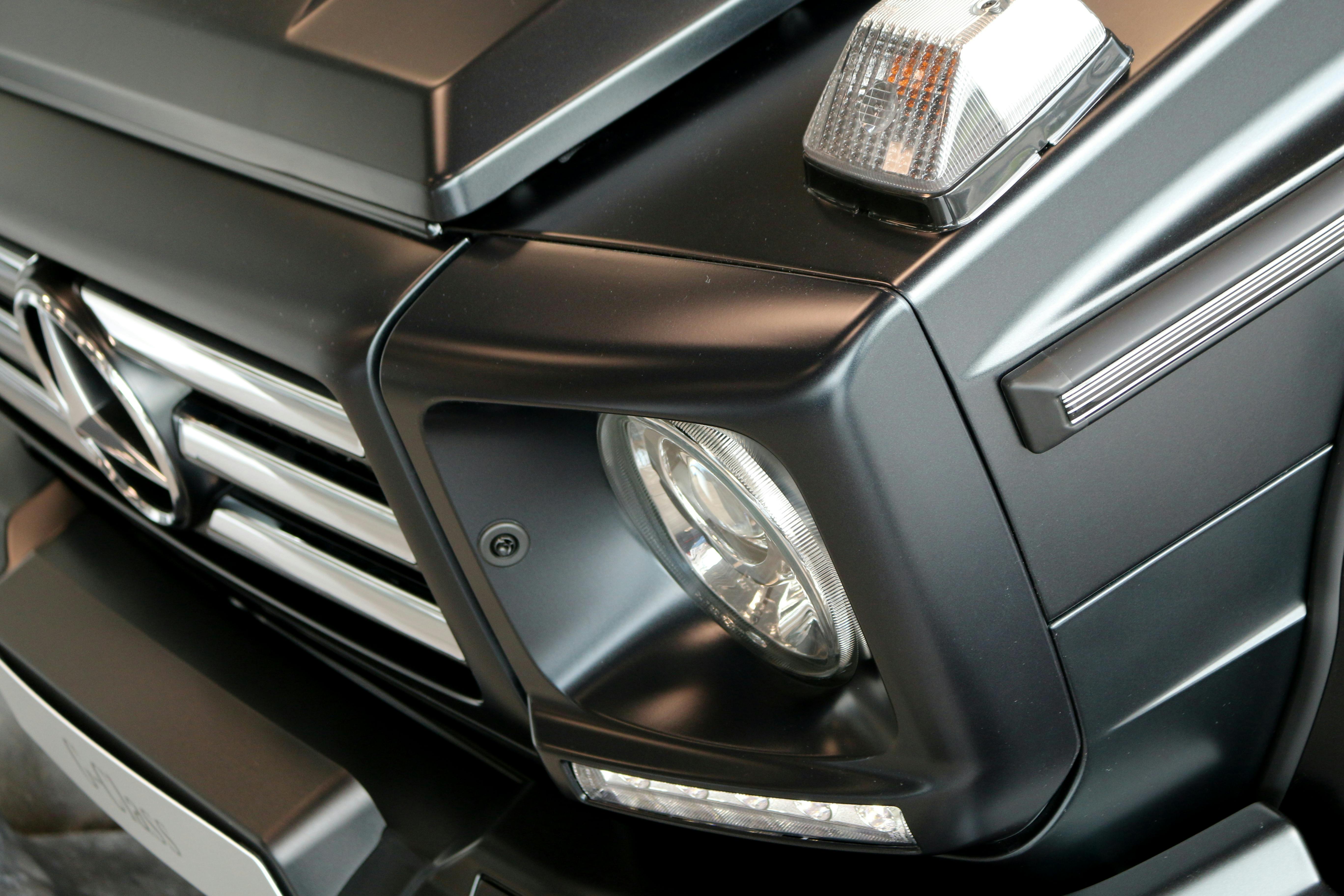Power failures due to extreme weather, high energy usage, aging utilities, and other unpredictable events continue to increase across the country. Any restaurant that has been forced to get rid of spoiled meat and produce can tell you how costly even a brief power outage can be.
In the winter of 2006-2007, parts of Arkansas, Illinois, Kansas, and Missouri were without power for two weeks. Meanwhile, businesses and homeowners were forced to deal with frozen pipes, flooded foundations, cold buildings, darkness, and no running water. Trying to find a portable generator to buy or rent during this period became next to impossible. If you are a business or homeowner, a backup power source is a good investment—consider it as an insurance policy against inconvenience and loss of profit.
There are two types of generators available that can be used as a power source, portable or standby. In the event that you are considering such a purchase, I recommend that you do your homework very carefully. The Internet and any reputable generator dealer are excellent sources for this information. A licensed electrician should also be consulted and hired before beginning any installation.
portable generators They are available from $500-$3500 and are the type you see on construction sites and campgrounds. These typically run on gasoline or diesel fuel and are easily transported by pickup truck. Depending on your energy needs, an investment of around $1000 is enough to power a few essentials in the average home such as sump pump, well pump, freezer, refrigerator, television, forced air furnace (natural gas or propane ) and some lights. Due to the large amount of power required by central air conditioning units at startup, even the most powerful portable generators are not enough to run central air conditioning. However, a small window unit can work with some of the larger portable drives.
standby generators They are available from $1500-$70,000+ and are the type used in homes to hospitals. These models typically require a small concrete pad to mount and connect to the buildings electrical panel with the use of a transfer switch. Typically powered by diesel fuel, natural gas, or propane, these generators can be set to automatically start upon loss of power. Installed correctly, the transition from grid to backup power is a near continuous flicker of lights and can be configured to run just a few essential circuits or the entire building, including central air conditioning. Standby generators are always there, on standby, should they be needed and even turn on themselves once a week to charge the battery and circulate fluids so they are ready when needed.
Bail it should always be used near any generator and the manufacturer’s recommendations should be followed to the letter due to the obvious dangers these devices present. Under no circumstances should a generator be connected to a building’s wiring system using the practice commonly known as feedback! This practice is extremely dangerous and threatens the lives of people even from miles away, not to mention that it is illegal in most localities. Using a transfer switch and a licensed electrician to install it is the only safe and proper way to do it.




